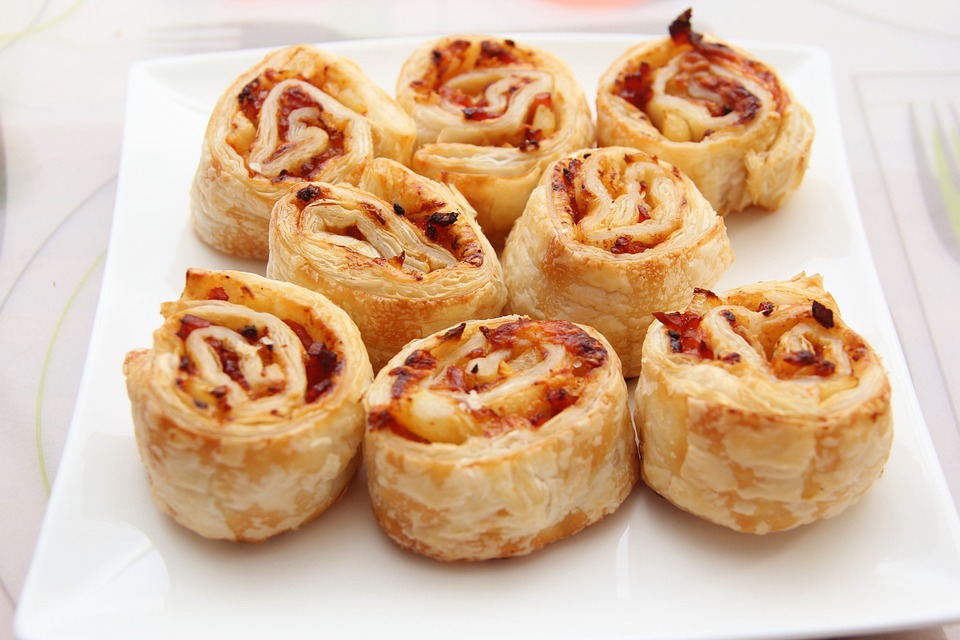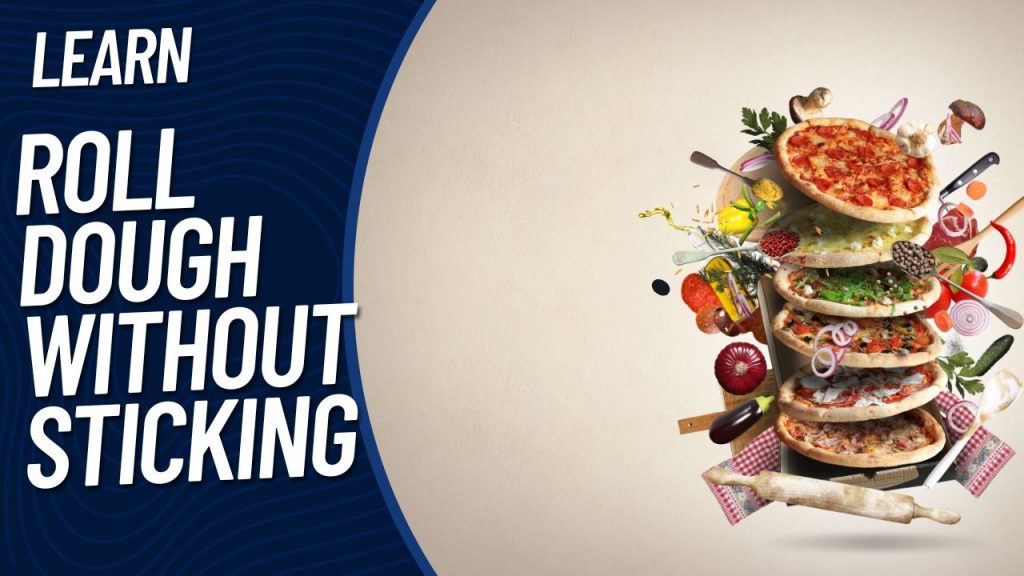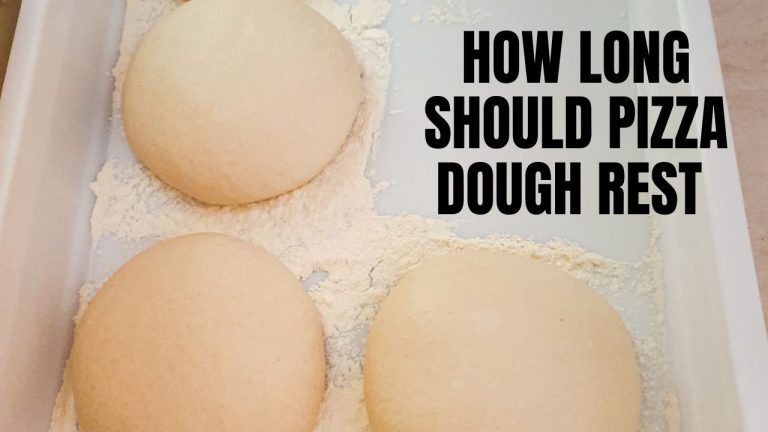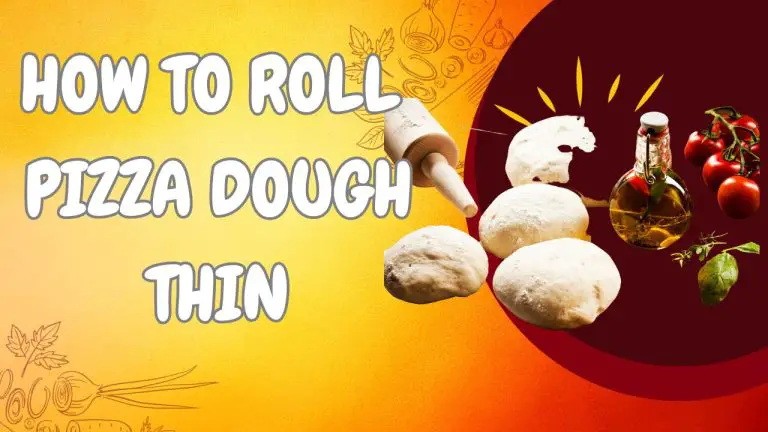How to Roll Pizza Dough Without Sticking
Crafting the perfect pizza at home is an endeavor that calls for attention to detail, passion, and the ability to manipulate pizza dough with finesse. Among the essential skills in this pursuit is the art of rolling pizza dough without encountering the dreaded sticking scenario. The journey to achieving flawlessly stretched dough involves a delicate balance of technique, environment, and the right tools. In this guide, we delve into the intricacies of mastering the non-stick rolling technique that ensures your pizza creation is a delectable masterpiece.
Steps of Rolling Pizza Dough
Preparing the Workspace
Before embarking on the dough-rolling adventure, setting the stage is crucial. Ensure your countertop is impeccably clean and dry. Any residual moisture or debris can lead to sticking. To further safeguard against adherence, consider utilizing a silicone baking mat or a sheet of parchment paper. These non-stick surfaces provide a barrier between your dough and the countertop, allowing for smooth rolling without the anxiety of unwanted adhesion.
Selecting the Right Flour
Not all flours are created equal, and understanding their nuances can significantly impact your dough-rolling success. The protein content in flour determines its gluten formation potential. Opt for flour with moderate protein content, as this strikes the right balance between a supple texture and structural integrity. Achieving the ideal dough consistency is pivotal, as overly wet dough tends to stick. Balancing hydration and giving the 18 inch pizza dough ample resting time before rolling are key factors in combating stickiness.
Flouring Techniques
While flour is a dough’s ally against sticking, the application requires finesse. The ‘less is more’ principle applies here—dust your workspace with just enough flour to prevent sticking without overwhelming the dough. An alternative technique involves gently tossing the dough in flour before rolling. This even coating minimizes direct contact with the work surface, mitigating the risk of sticking.
Using the Right Tools
Investing in quality tools can make a significant difference in your dough-rolling endeavors. A high-quality rolling pin with a smooth surface and comfortable handles aids in applying consistent pressure. Consider augmenting your toolkit with a non-stick rolling mat or a pastry cloth. These specialized surfaces create an additional barrier against sticking while offering a guideline for achieving the desired thickness.

Mastering the Rolling Technique
Begin your dough-rolling process by gently pressing the dough ball into a disc shape. Start from the center and work your way outward, maintaining an even pressure to stretch the dough gradually. This technique prevents sticking and ensures uniform thickness across the entire pizza crust. The rhythmic motion of the rolling pin is your ally—let it be your guide to perfection. Keep an eye onwoodfired pizza calories
Flipping and Rotating the Dough
To prevent the dough from adhering to the countertop, it’s advisable to flip and rotate it periodically during the rolling process. This prevents any potential moisture accumulation on the bottom surface from causing sticking. By executing controlled flips and rotations, you maintain control over the dough’s dimensions and shape, allowing you to orchestrate a flawless crust.
Addressing Stickiness
Should you find your dough exhibiting signs of stickiness during the rolling process, resist the urge to coat it excessively with flour. Instead, consider employing a light brushing of oil or a gentle application of cooking spray. These alternatives combat sticking and contribute subtle flavor nuances to your final creation.
Finalizing the Pizza Crust
With your dough skillfully rolled to the desired size and thickness, it’s time to transfer it to your chosen baking surface. Be it a pizza stone or baking sheet, ensure the surface is appropriately prepared to receive the dough without sticking. As you layer on your chosen toppings, remember that precision and delicacy are your allies, ensuring your pizza
Properly Flouring the Dough
A light touch of flour on the dough’s surface is a vital step in the process. Gently dust the dough with flour to prevent it from adhering to the rolling pin or workspace. However, it’s crucial to exercise restraint and avoid over-flouring. Excessive flour can alter the dough’s consistency and lead to a dry or tough crust, undermining your efforts.
Using the Right Rolling Pin
The rolling pin you choose can significantly impact your dough-rolling experience. Traditional wooden rolling pins and modern silicone ones each have their advantages. To mitigate sticking, opting for a non-stick rolling pin with a smooth surface is a wise choice. This type of pin reduces the chances of the dough clinging to it, allowing for a seamless rolling process.

Chilling the Dough
A strategic intermission in the form of refrigeration can work wonders in minimizing dough stickiness. After kneading and before rolling, wrap the dough in plastic wrap and let it rest in the refrigerator. The cooling effect helps firm up the dough and reduce its tendency to stick. However, ensure you don’t chill it for too long, as overly cold dough can be challenging to roll.
Rolling Technique
Mastering the art of pizza dough rolling involves a nuanced technique. Begin by gently pressing the center of the dough with your rolling pin and gradually work your way outward. Apply even pressure to ensure uniform thickness. This method prevents uneven stretching and minimizes the chances of sticking.
Rotating and Flipping the Dough
To prevent the dough from adhering to the surface, frequently rotate and flip it during the rolling process. This simple yet effective practice ensures that the dough doesn’t become embedded in the workspace. Additionally, flipping the dough helps maintain an even shape and thickness, resulting in a well-balanced crust.
Parchment Paper or Silicone Mat
For an extra layer of protection against sticking, consider using parchment paper or a silicone baking mat. Place the dough on either of these surfaces before rolling. Not only does this prevent sticking, but it also facilitates the transfer of the dough onto your baking pan, ensuring that your hard work doesn’t go to waste during the transition.
Quick Fixes for Sticky Situations
In case you find your dough still sticking despite your best efforts, there are quick fixes at your disposal. A bench scraper or spatula can gently lift stuck portions, allowing you to reapply flour as needed. For a rustic touch, dusting the dough with cornmeal can provide a slightly coarse texture that adds character to your crust.
Wrapping Up
Rolling pizza dough without it sticking need not be a daunting task. Armed with the right techniques and a touch of patience, you can transform this potential frustration into a seamless process that sets the stage for a delectable pizza creation. By following the steps outlined in this guide, you’ll be well on your way to achieving a flawlessly rolled pizza dough, ensuring that your culinary endeavors are met with success from the very start.







